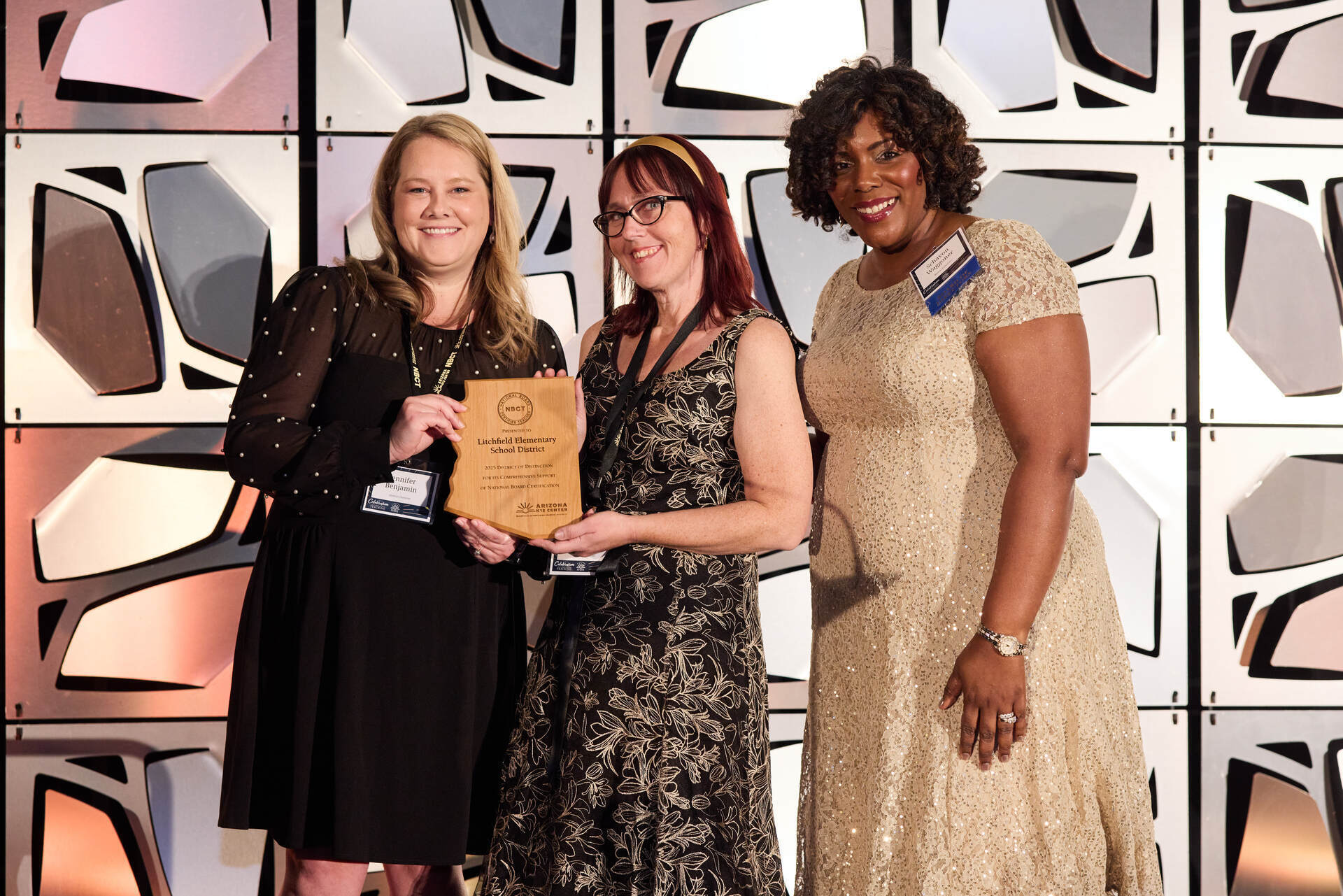August 15, 2018
From Consumer to Creator: Get Students Ready for the Real World
How do we get students to interact with the real world instead of closed-circuit projects?
How might we reimagine educational experiences for students so they are authentic and meaningful? There is a steady movement toward hands-on, student-driven lessons. This type of learning shifts the way students think and engage in the content. So, how can we get our students to interact with the real world and do authentic learning instead of robotically working on closed-circuit projects?
1. Give students real problems to solve.
Our students will have jobs in the future that do not exist today. Those new jobs are created as people learn to solve new problems. Therefore, we should ensure that our students are innovative problem-solvers. By having students work on tackling and solving these issues, they will have greater potential to become empathetic, driven, and educated adults ready to figure out the next puzzle. By prompting students to review, analyze, and push through these challenges, the learning they do will be greater than the standard word problem. Have students calculate the mass and volume of an NFL-regulation football and an underinflated ball. How might the difference affect the way the quarterback throws and how the ball is caught by the receiver?
2. Look at the current news.
Incorporate digital media into the classroom whenever possible. This might include podcasts, livestreams of news stories, reviewing tweets, etc. By doing so, your students will know what’s going on in the world. They will also have the opportunity to sift through the facts and fake news floating around the internet. If students are studying environmental health, they can learn more about how concrete is going high-tech and trapping CO2 emissions forever. Yes, that’s a real thing.
3. Record. Publish. Share.
As students become more aware of their surroundings, they begin to see differences. Stories and discussions emerge, and these should be appreciated and shared. This shows students that their voices matter, and by providing a platform for their voices to be shared, they learn they can speak up and share their opinions. Often, this may start with a question that leads to a larger discussion —resulting in more and more voices. Whether they easily agree or disagree passionately, encourage students to voice their opinions. Prompt them to document their thoughts and share them. Students care about things going on in the world. Here’s an example: Homelessness exists in every part of the world and garners attention from people of all different levels. We often hear adults share how they might solve this epidemic, but why not solicit students for their suggestions? Then, ask them where they might get these resources. Bonus: You’ll create more empathetic citizens.
4. Provide opportunities to reflect.
Continuous learning and development requires the ability to self-reflect. This helps students become more self-aware and better understand their emotions. They think about the values that guide what’s important to them, how those values shape their lives, and what steps they must take next in order to reinforce their values. By reflecting, students better understand their place in the world.
Real life can be complicated. Real life can be ambiguous. Real life is real. As educators, we intentionally plan our lessons to ensure there are real-world connections. However, the real goal is for students to make these connections on their own.











